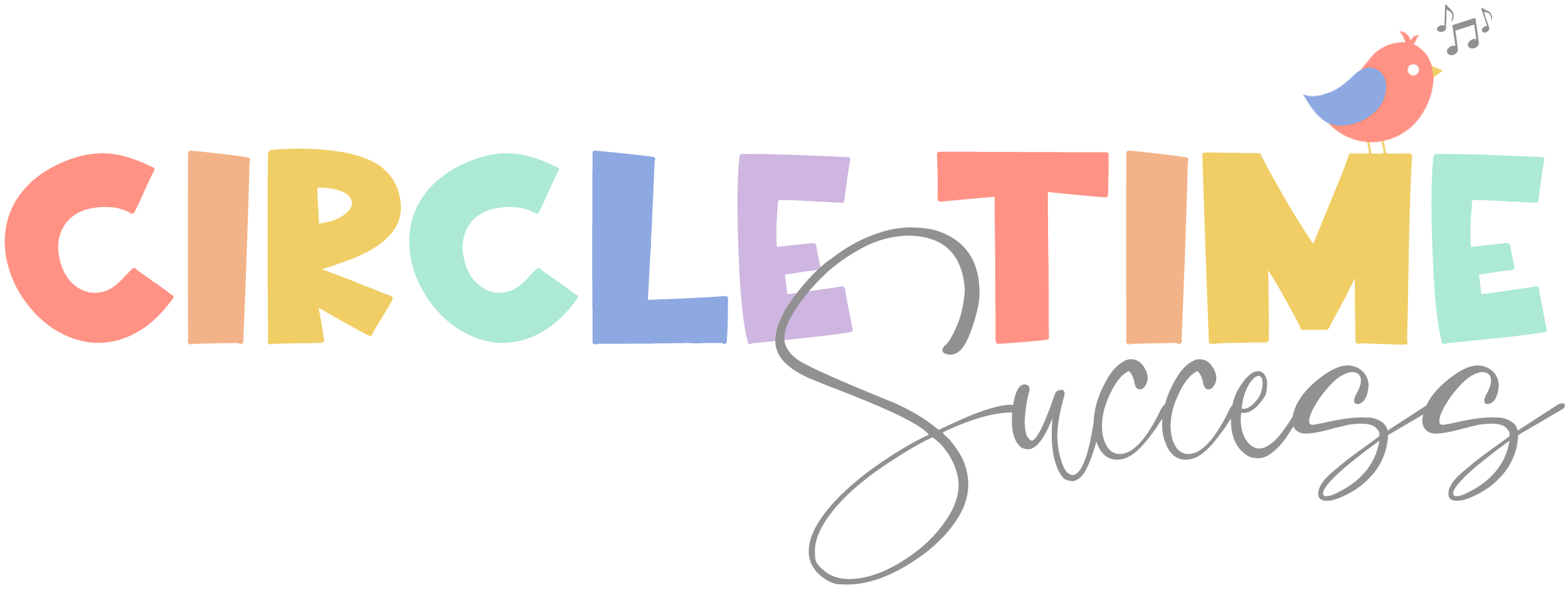Once upon a time…
There was a preschool teacher name Cindy who started every circle time with a story. Sometimes she’d make up a story and use one of the students in her class as the main character, while other times she’d retell a classic tale such as Cinderella or Jack and the Beanstalk. Whatever her story for the day was about, the children were captivated and couldn’t get enough. It became something they looked forward to each and every day.
By the end of the school year, Cindy’s kids had not only heard a vast array of stories, they could retell a few themselves! What if you could be like Cindy too?!?
Did you know that storytelling dates back thousand and thousands of years? Before there was the written word, there were storytellers who passed down stories by word of mouth from generation to generation.
This day and age we have access to millions of books, but the captivating components of a good story being told seems to never get old.
I’ve found when working with kids, if I simply say, “once upon a time….,” the room goes silent and they can’t wait to hear my story.
That’s why I tell a story at least once a month in my music classes.
Benefits of Storytelling
The benefits of storytelling for children are endless. The focus and listening skills required by the listener to ensure they don’t miss a key part of the story are strengthened when they concentrate on the storyteller’s voice.
Language skills are built with the introduction of new vocabulary and phrases. If I use a word or phrase that needs an explanation, I’ll ask the children if they know what it means. This offers an opportunity for those who are familiar with the word or phrase to share with the group. It also shows them that it is ok to ask me if they aren’t sure what a word means.
Because I’m not reading from a picture book that provides imagery, my listeners are encouraged to use their own imagination to picture the story and what the characters look like.
Unlike reading a book, storytelling gives me the freedom to change anything I want. I will often ask the children to help me name the characters or decide what should happen next in the story. It’s like “choose your own adventure” and who doesn’t like that?!? When I do this, I’m encouraging creativity and audience participation. This of course increases overall engagement!
Note: I usually have at least some kind of prop when I am telling the story to keep them visually engaged such as a flannel board and felt pieces or puppets. BTW, If you don’t have a flannel board to do your stories with yet, be sure to check out my blog on how to make a flannel board box. It is actually my favorite way to tell a story and the kids love it too!
Last but not least, many classic folktales also contain a moral or lesson. Without realizing it, kids are learning valuable life lessons in a fun and engaging way.
How to Prepare to Tell a Story
Don’t worry if you aren’t comfortable with the idea of being a storyteller. It’s a skill and can easily be learned with a little bit of practice.
The best way to go about preparing to share a story is to find one you love. You might start with a story you already know like “Goldilocks and the Three Bears”. Or check out one of my favorite books by storytelling extraordinaire, Margaret Reed McDonald, Three Minute Tales. She has written a ton of books as a collector of stories from around the world. You also might enjoy her book The Storyteller’s Start-Up Book: Finding, Learning, Performing and Using Folktales. It offers tips and tricks to get started telling stories kids (and adults) will love to hear!
The key is to remember the basic plot and then fill in the rest with your own words. Practice telling the story while you drive or even while taking a shower.
Once you’ve become comfortable with it, just do it!
Would you like to hear one of my favorite stories? Watch the video below. and be sure to have the kids join in on the song that repeats throughout the story! Then try retelling it in your own words. What’s fun about storytelling is you never tell the story the same way twice!

